Serving the Community
About the District
Areas Served
The District includes the following cities, the western portion of the City of Los Angeles*, and unincorporated territory of the County of Los Angeles*.
Agoura Hills
Beverly Hills
Calabasas
Culver City
El Segundo
Hawthorne
Hermosa Beach
Hidden Hills
Inglewood
Lawndale
Lomita
Los Angeles City*
Los Angeles County*
Malibu
Manhattan Beach
Palos Verdes Estates
Rancho Palos Verdes
Redondo Beach
Rolling Hills
Rolling Hills Estates
Santa Monica
Torrance
West Hollywood
Westlake Village
The District’s Focus
Vector control is necessary on a continuous routine and area-wide basis to protect the health and enhance the economic development, recreational use, and enjoyment of outdoor living.
With the emergence of new diseases and vectors locally and nationally – West Nile Virus, Zika Virus, Dengue Fever, and other mosquito-borne illnesses; Africanized Honey Bees and Red Imported Fire Ants – surveillance work and control measures have taken top priority throughout the United States. Reducing and controlling the number of vectors that are able to spread and amplify these diseases or inflict pain or injury is the focus of vector-borne communicable disease programs.
Presently, the District’s main focus is the surveillance and control of mosquitoes and their associated diseases, along with ticks and Lyme Disease, Africanized Honey Bees and Red Imported Fire Ants.
While impossible to eliminate all mosquitoes, numerous methods are employed to keep their numbers as low as possible. Vector control districts employ an integrated management program to reduce mosquito populations and keep the diseases they can transmit under control.
Surveillance includes intensive field monitoring, laboratory testing, and research studies on the newly emerging and previously known mosquito-borne diseases. Control methods include a myriad of procedures. Among them are public education, the elimination of standing water, and the use of a variety of environmentally sensitive biological controls, including mosquitofish.
The District is governed by a Board of Trustees. Each city and county within the boundaries of the District may have representation on the Board. This is an example of government by local representation.
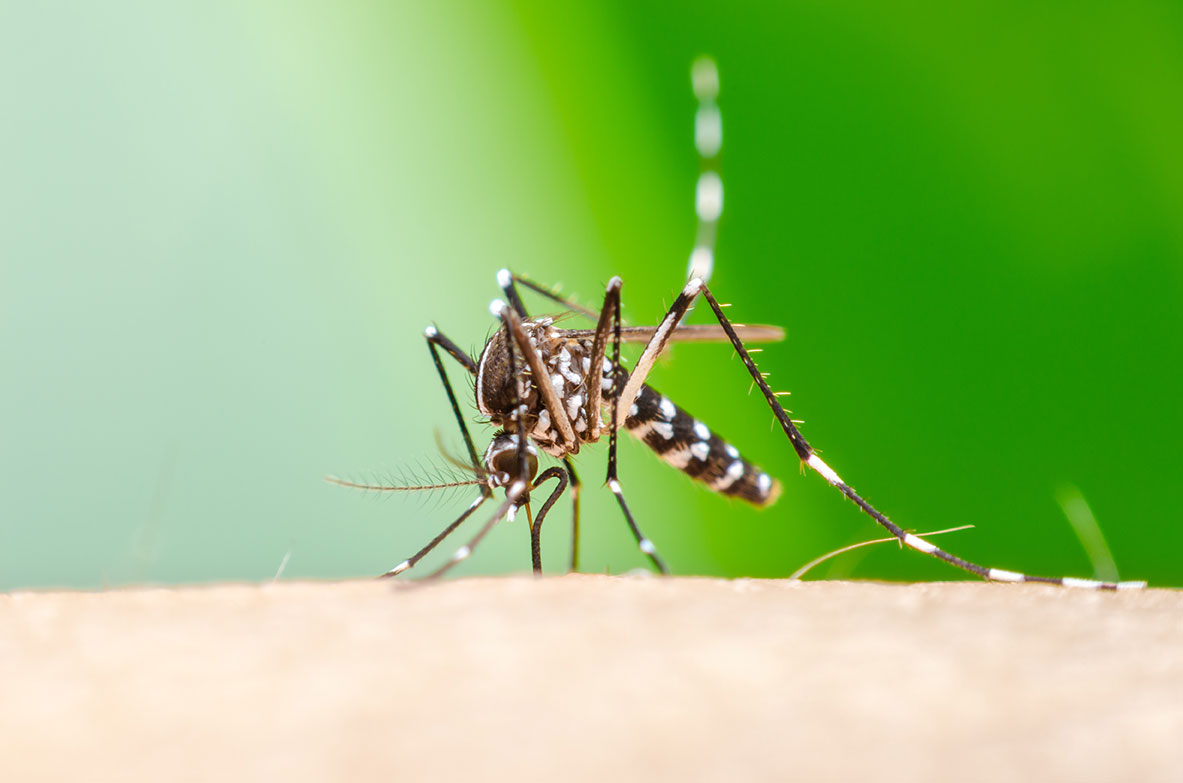
Mosquitoes
In 1983, two cases of St. Louis Encephalitis (SLE) were reported in Los Angeles County, of which one resided within the District. This marked the first record of SLE in Los Angeles County since the 1940’s. In 1984, an epidemic of SLE occurred; sixteen cases and one death were reported.
In 2003, West Nile Virus first appeared in California and Los Angeles County. By the end of 2004, there were 830 human infections and 28 deaths throughout the state and 2539 human infections across the nation.
West Nile Virus, Western Equine Encephalomyelitis, and SLE are now endemic in Los Angeles County, with local wild bird populations serving as a reservoir for these viruses.
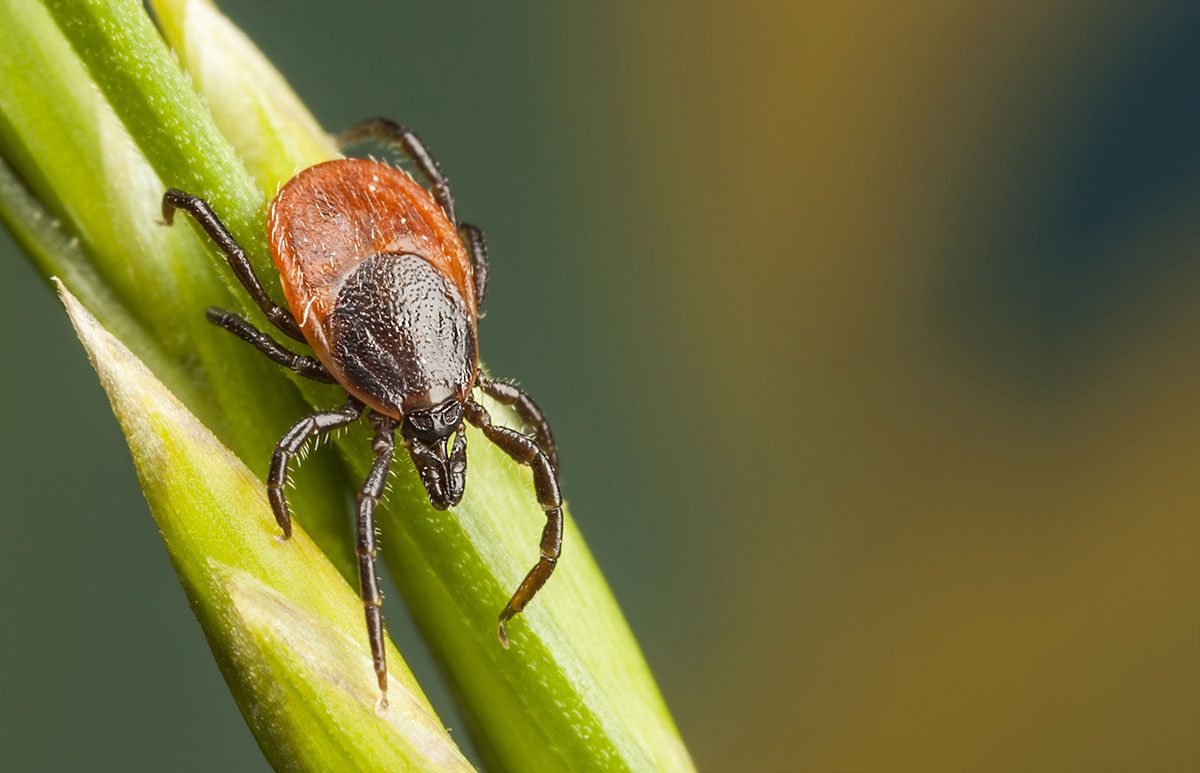
Ticks
In 1998, the first tick in Los Angeles County known to carry Lyme Disease was found in the Santa Monica Mountains. Since then, a number of other locations have produced positive ticks for Lyme Disease.
The tick that has the potential to carry the infectious agent for Lyme Disease, the Western Black-legged Tick (Ixodes pacificus), can be found throughout mountainous and rural areas within the District.
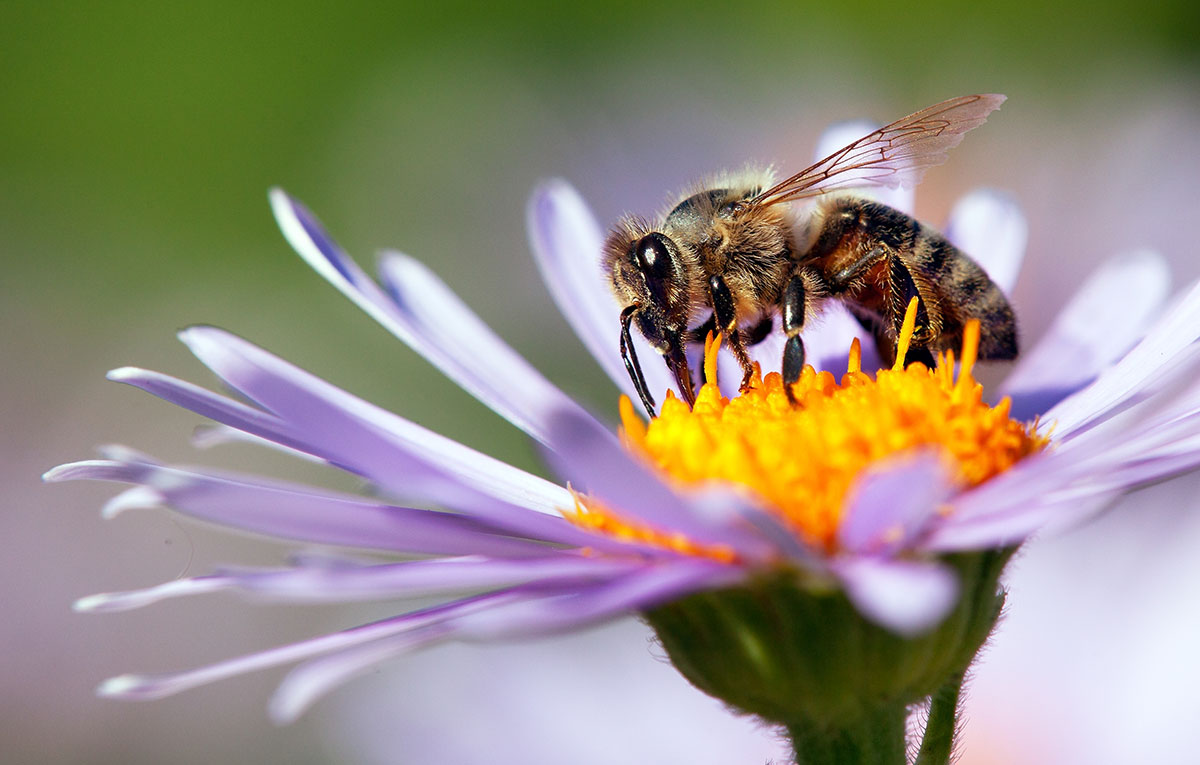
Africanized Bees
In November of 1998, the first Africanized Honey Bee (AHB) colony was discovered in Lawndale, a city within the District’s boundaries.
By April of 2000, the entire 4,083 square miles of Los Angeles County was declared colonized.
The District currently receives over 2,000 service requests per year for AHB hives and swarms during the spring, summer, and fall.

Education
Public education is an essential program of the District which includes educating the public about the life cycle of mosquitoes, ticks, bees, and other vectors; diseases carried by these vectors; property owners’ responsibilities; and the functions of the District.
Public education is accomplished through the use of the District’s website, informational brochures, fact sheets, city bulletins, public speaking engagements, informational booths at local fairs, and public service announcements.

Distribution
District staff has distributed thousands of pamphlets on mosquitoes, Africanized Honey Bees, Lyme Disease, and other vectors. Additionally, media and service group packets and videos describing services of the District, backyard breeding, bee preparedness and other vector-borne diseases have been widely distributed.
Public service announcement tapes are routinely distributed to all local cable stations and written public service announcements are circulated to local radio stations.

Training
District staff has implemented an education program in the public and private elementary schools. The District conducts these education programs through a cooperative effort with the teachers.
The District provides each class with student and teacher workbooks, puzzles, book marks, necessary slides, videos and visual aids. District staff trains the teachers and encourage them to administer the program yearly as part of their science education.

Leadership
The District has indoctrinated the residents of the District to coexist with Africanized honey bees utilizing cable television, lectures, and community bulletins.
The District has been the lead agency in training and coordinating fire departments, police departments, and 911 systems throughout the District. The education program includes speaking engagements at schools, clubs, organizations, and businesses.
Prevention
The primary goal of the District is the control of mosquitoes by preventing them from breeding and emerging as adults. Although this is more time consuming, more difficult to accomplish, and more costly over a short time span than other control methods, a preventative program will be more cost-effective over the years.
The District is now becoming involved in the review and making of recommendations via environmental impact reports that will prevent the construction of areas (sumps, improperly graded channels, etc.) that may support the breeding of mosquitoes and other vectors.
Another important aspect of prevention is education of the residents through contact with field staff. When staff inspects an area, a notice will be left to inform the resident that a technician has been present and will list the findings and the action taken. District staff will make every effort to personally speak to the residents to explain the need for mosquito control activities.
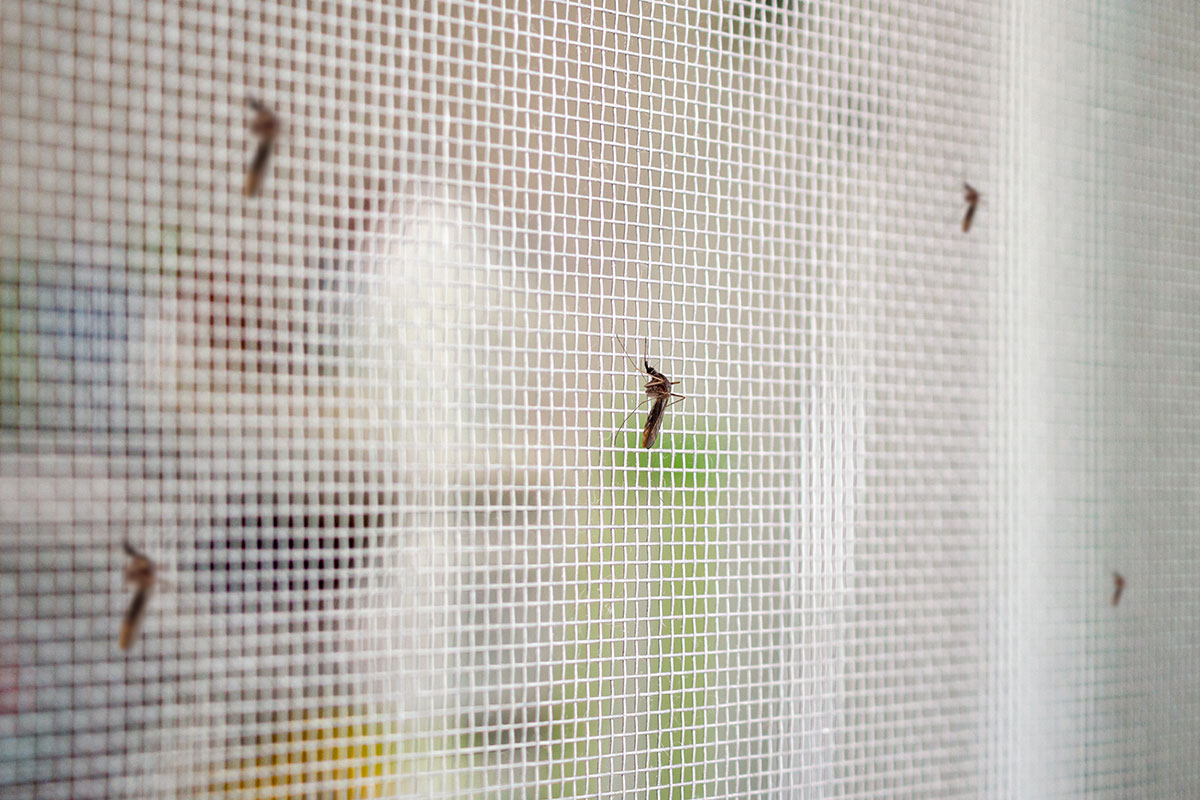
District staff provides education to residents for how to mosquito- and bee-proof their homes and surrounding areas.
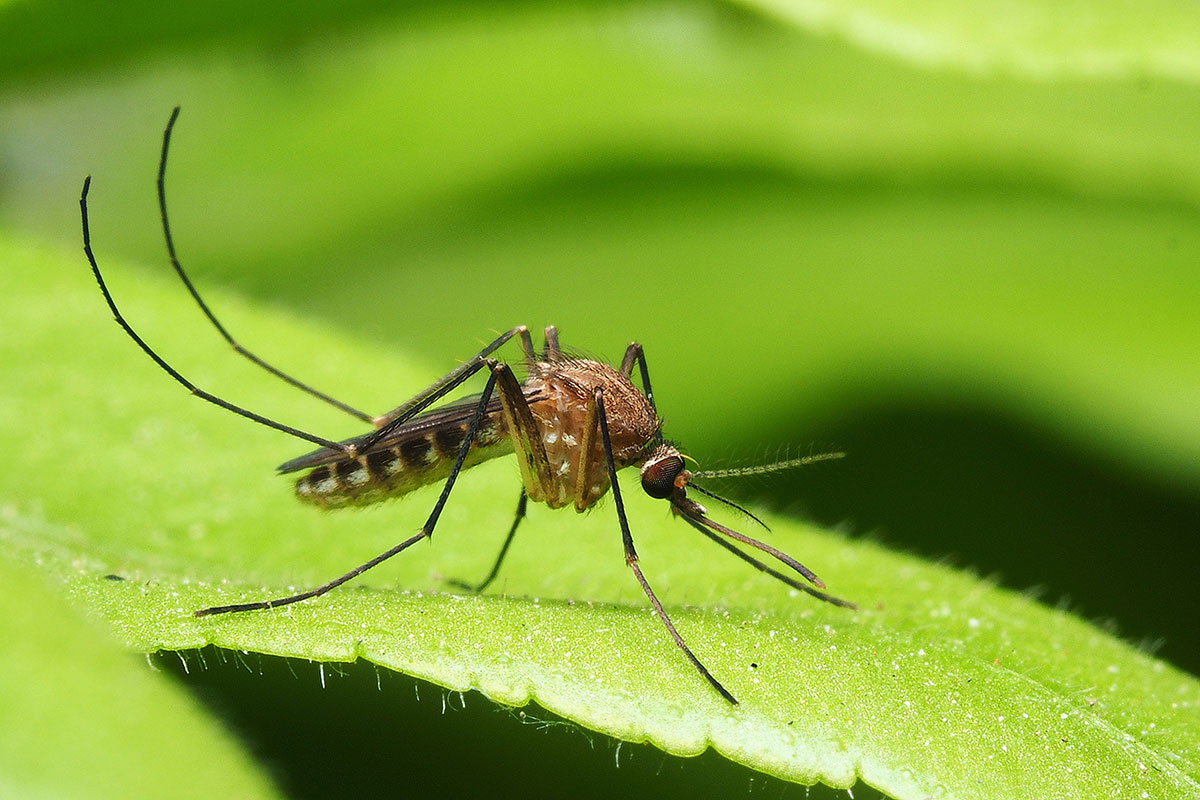
Control
Although District staff attempt to eliminate breeding sources, the need for biological and other alternative control measures may be necessary. The District has been divided into zones which are routinely inspected and treated. Each zone has been assigned a technician who inspects known sources, answers service requests, and searches for new sources associated with the request.
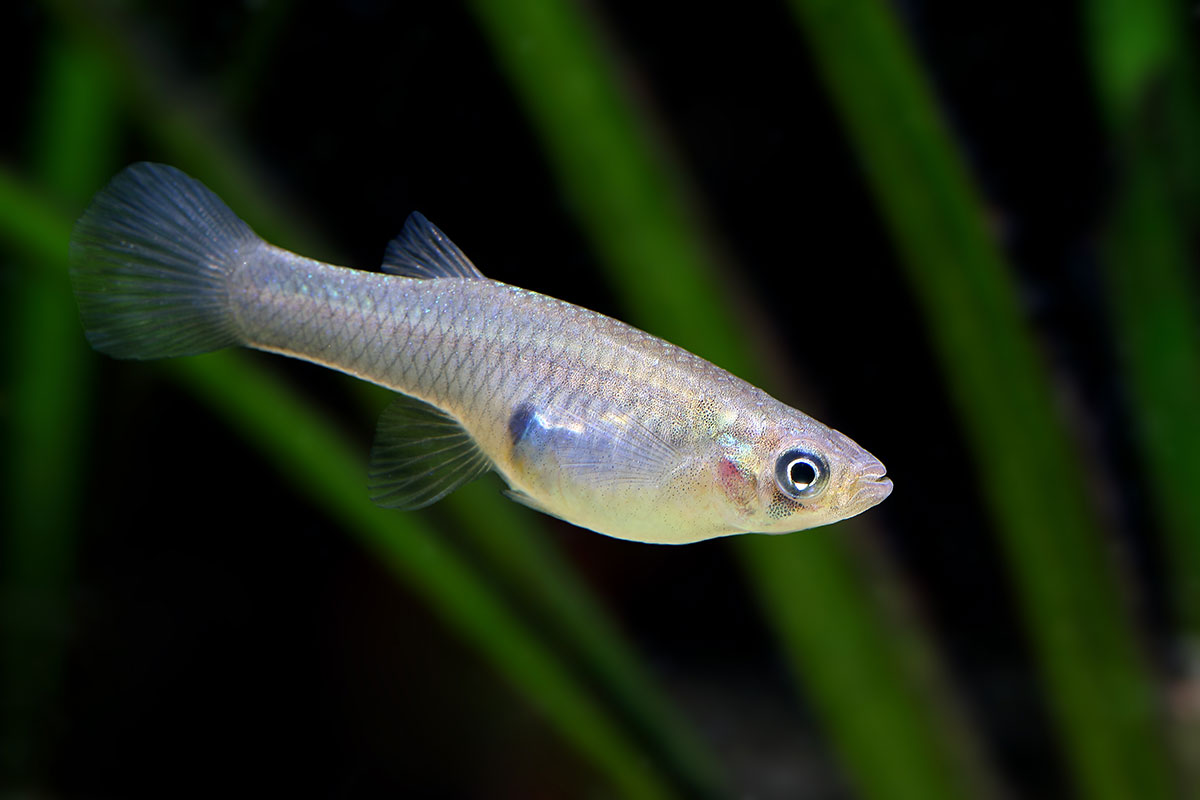
Biological
When a breeding source is found that cannot be permanently abated, the technician will determine the best method of treatment.
The preferred method of control is the use of biological control agents. The main biological control agent used by the District is the mosquitofish, Gambusia affinis.

Chemical
If the source cannot support Gambusia affinis, staff will then use larvicides to control mosquitoes before they emerge as adults.
The District primarily treats sources with either Bti or methoprene. Both of these larvicides are environmentally safe, target-specific, and approved by the California EPA.
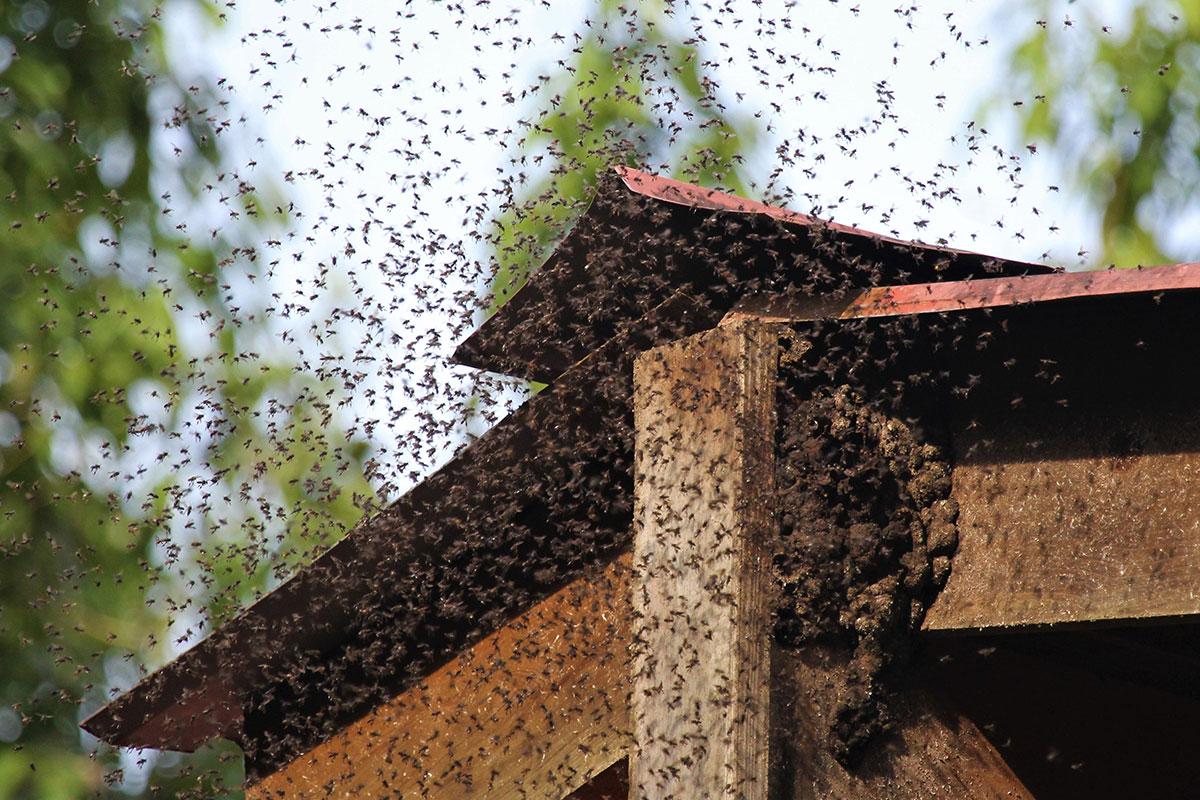
Removal
Africanized honeybee swarms and hive are only removed when requested by citizens or emergency response units who feel their safety or the public’s safety is in jeopardy.
After the swarm and/or hive is removed, technicians will set out remnant bee traps, if necessary, to collect the remaining bees that were away from the nest. The remnant bee trap is baited with a pheromone that attracts bees. The technician will return the following day and remove the remaining bees.
Surveillance
Mosquitoes
Besides being a nuisance, mosquitoes may transmit a number of communicable diseases. The diseases of most concern in the District are West Nile Virus (WNV), St. Louis Encephalitis (SLE) and Western Equine Encephalomyelitis (WEE), and the emerging threat of the Zika and Dengue viruses with the arrival of the Aedes mosquito species.
Since there are no cures or vaccines available for humans to combat these diseases, surveillance for the presence of a virus and controlling mosquitoes are the best methods for reducing the potential for human infection.
Bees, Yellowjackets, Wasps
Staff sample and identify bee collections using the Fast Africanized Bee Identification System (FABIS). The District has an active yellowjacket and wasp surveillance and control program.
Ticks
The District collects, microscopically identifies, and tests ticks from hiking trails for the presence of the presence of the causative agent for Lyme disease.
The District also identifies arthropods for residents of the District and for physicians.
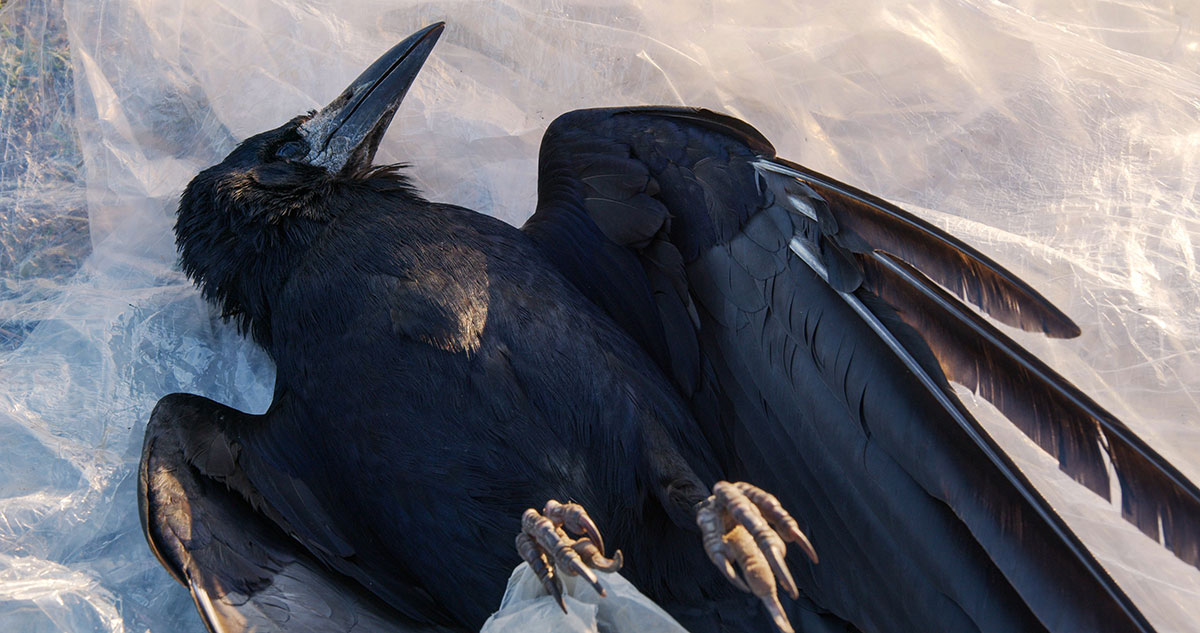
The three main components of the District’s mosquito surveillance program are sentinel chicken serology, the collection and testing of mosquitoes, and the testing of dead birds for WNV.

Sentinel Chicken Serology
Sentinel chicken serology is performed by placing chickens in a designated area over a long period of time and testing their blood for the presence of antibodies to WNV, SLE, and WEE viruses.
The District maintains 18 flocks of chickens located strategically throughout the District. The chickens are bled once every two weeks during the months of April through October. Blood samples are processed and tested for the presence of these viruses. The results obtained from these tests are used to increase inspections and control measures in the areas where a virus is present.
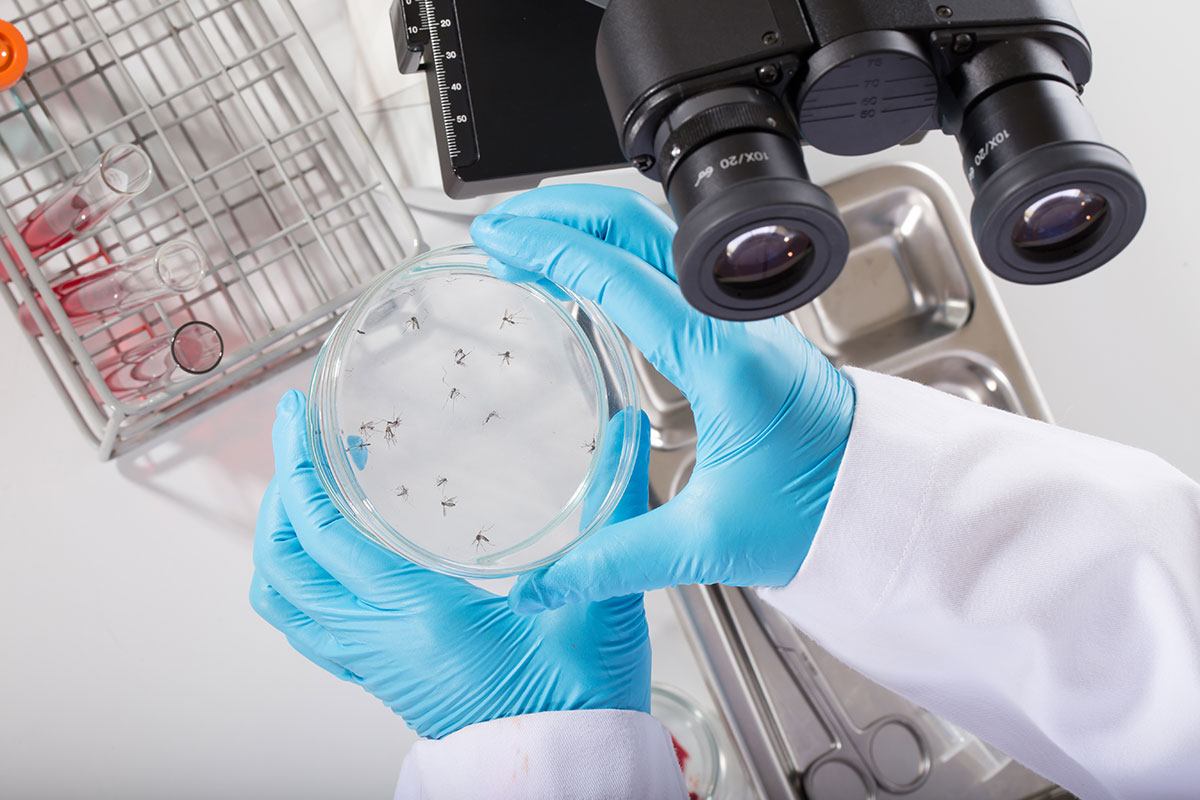
Mosquito Collection & Testing
Collecting adult mosquitoes can provide several important pieces of information. When traps are set at specific locations over a time period, or in response to service requests, increases in the mosquito population can be detected. Once these mosquitoes are identified, control measures can be directed towards those species which feed on man and may transmit WNV, SLE, and WEE viruses.
These mosquitoes can also be tested for the presence of a virus. The detection of a virus in mosquitoes, which feed on humans, indicates a true potential for disease transmission, and immediate control measures can be implemented. Trap collections not only determine where control measures are needed, but also determine the effectiveness of control measures which are in place.
Vector Ecology
Vector-related problems decrease property values, affect residents, and lower the overall economic potential of a community.
Obvious economic losses due to mosquitoes biting include illness, loss of life by disease, physiological reaction in humans and domestic animals, or simply intolerable nuisance levels. Such factors can destroy the economy in large areas, greatly reduce productivity, and drive many residents away.
The enormous cost of medical care and the loss of life where vector-borne diseases are prevalent represent significant economic loss. Studies show that individuals who suffered persistent sequelae remained at home and seemed likely to live a normal life span, but without gainful employment. The cost associated with persistent sequelae, which included medical expenses, education, institutionalization, and loss of income, was approximately $3 million per case.
Major losses may occur to recreational interests, tourist trade, real estate and land development, and other associated local business when an area gets a reputation for being infested with vectors.

The incidence of malaria in many countries so debilitated the population that national productivity was reduced to 40% of estimated capacity due to this mosquito transmitted disease.
(310) 915-7370 ext. 501
Call for information about the District’s Public Education Program, to request informational brochures, or to ask a District representative to speak at an event.